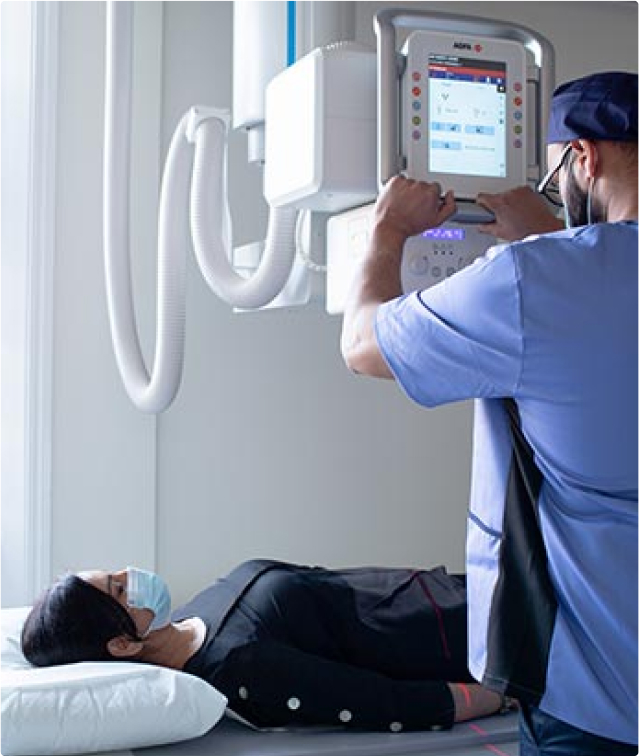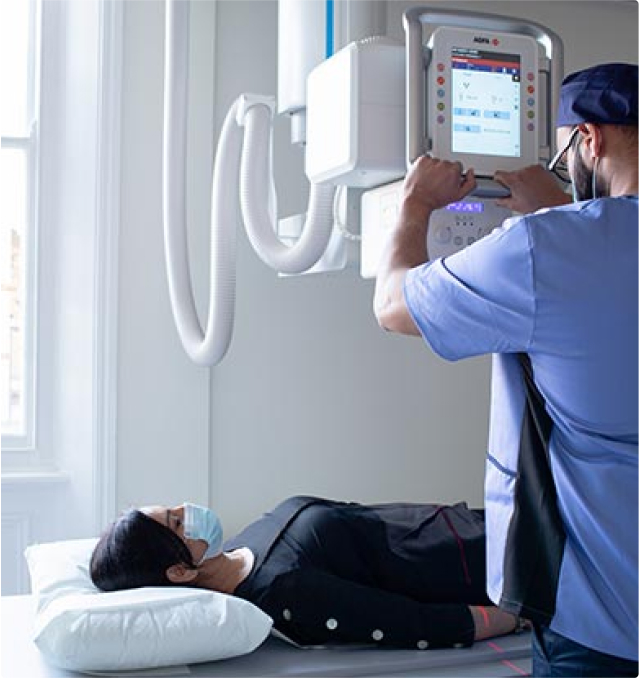Sciatica: Causes, Diagnosis & Treatment London

Sciatic pain is one of the most common back and spine conditions. Caused by compression of the sciatic nerve, it can lead to tingling, numbness, and shooting pains down one side of your lower body, usually affecting the legs, bottom, and lower back. Sciatic pain often indicates an underlying medical condition, such as a slipped disc or an untreated back injury.





























